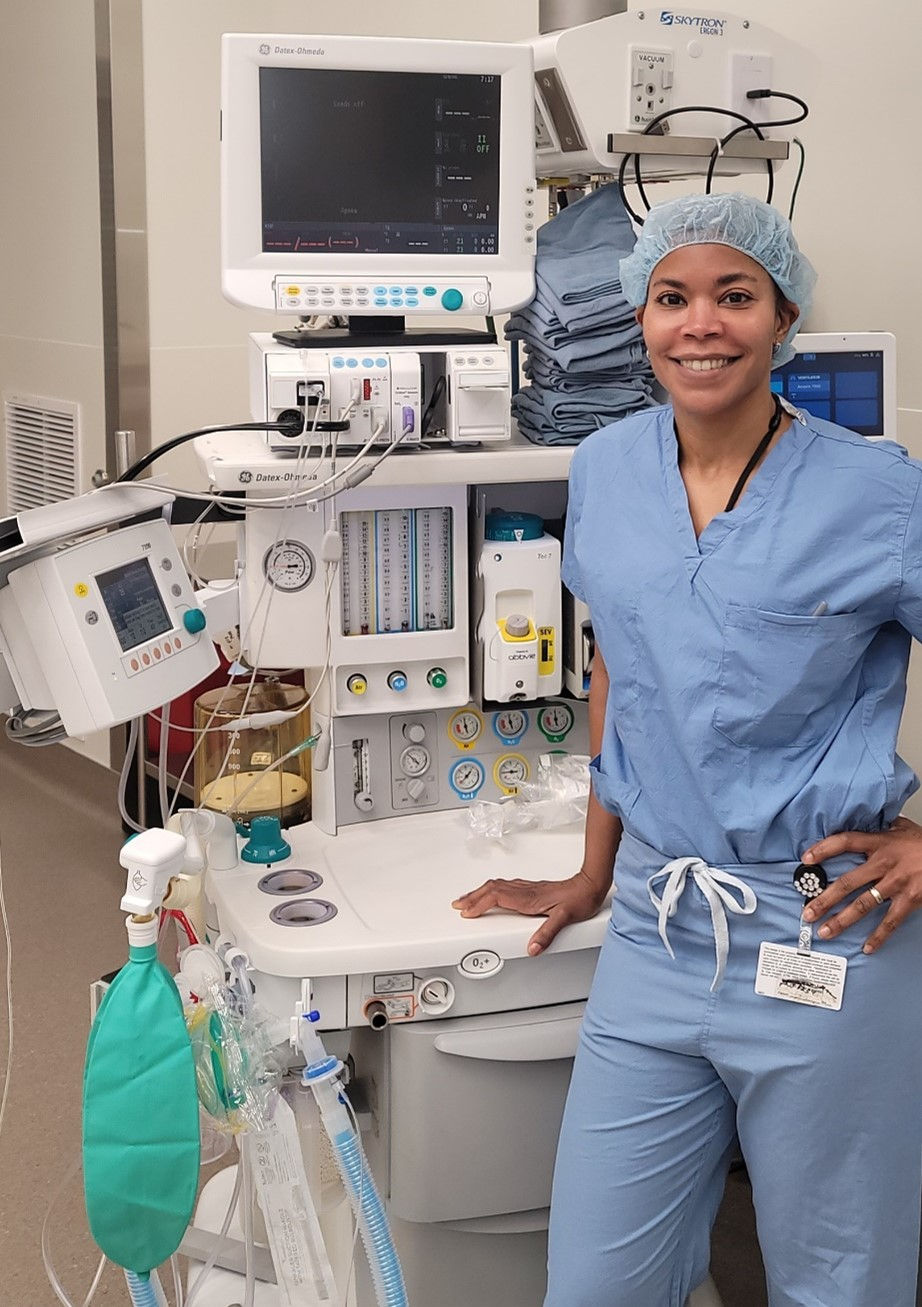It all began with a simple conversation.
Michelene Y. Jeter Ogagan, MSN, CRNA, was talking to a family friend when she decided to pursue a career in nurse anesthesia. She wasn’t even a nurse at the time, but Ogagan immediately did some online research.

Afterward, her interest piqued, she reached out to Dr. Richard Henker, professor of nurse anesthesia at the University of Pittsburgh School of Nurse Anesthesia. He agreed to meet Ogagam and took the time to address all her questions and concerns. For the time and guidance he gave, she has always been grateful.
Likewise, she remains grateful to Elsie Murray, a true leader in the field of anesthesia. Murray wasn’t just Ogagan’s mentor, she was also a pioneer who helped to advance the profession and give back to her community. During her career, Murray was elected to the local district of the Pennsylvania Association of Nurse Anesthetists and served on several American Association of Nurse Anesthetists committees. She ultimately served as president of PANA in 2004-05. Murray passed away on Nov. 15, 2017, after a brilliant life and career.
For Ogagan, Elsie Murray is what Black History month is all about. She paved the way. And now, Ogagan honors her legacy by mentoring student anesthesia providers.
From that first conversation with a family friend, amazing things continue to happen.
EDITOR’S NOTE: For more information about Elsie Murray, CLICK HERE. To read Dr. Henkler’s biography, CLICK HERE.













